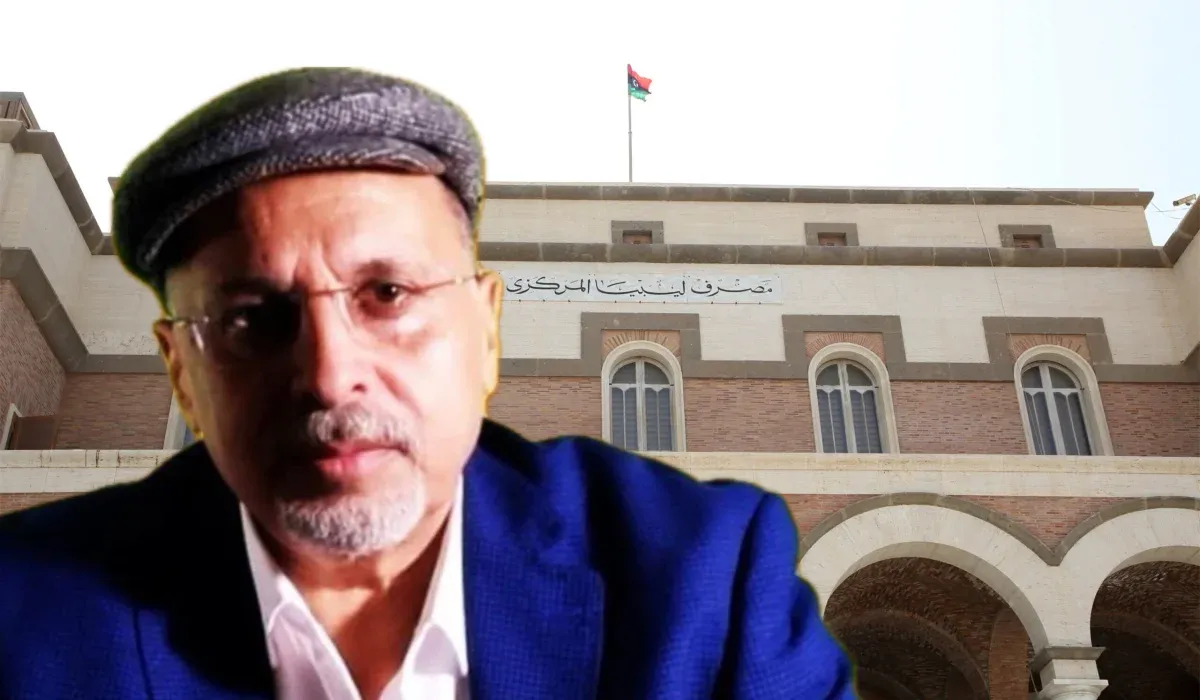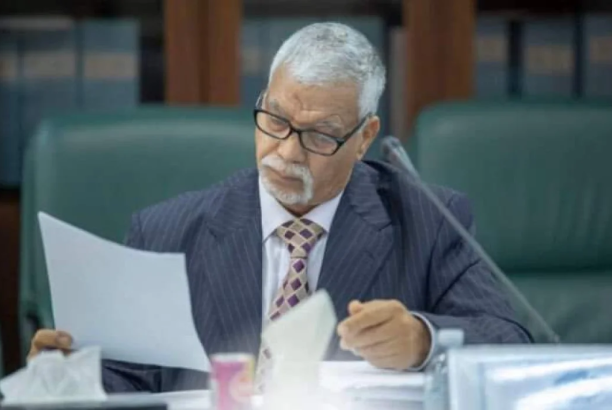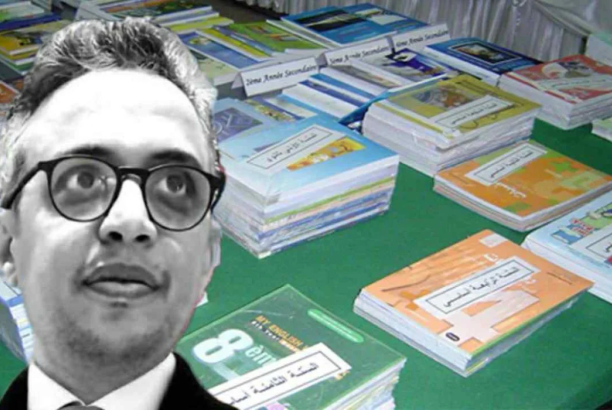
| Economic articles
Al-Shaibi: “The Central Bank Cannot Alone Face the Imminent Challenges… and These Are the Solutions After the Exchange Rate Adjustment”
Banking expert Imran Al-Shaibi wrote an article on his official page commenting on the statement issued by the Governor of the Central Bank of Libya.
Main Economic Challenges
1. Dual Spending
One of the most prominent challenges facing the Libyan economy amid political division is dual spending. The total dual spending by the two governments reached 224 billion Libyan dinars in one year:
- 123 billion from the Government of National Unity
- 59 billion from the Libyan Government
- 42 billion from oil swaps
This situation reflects weak coordination between political parties and increases financial pressure on the state.
2. Revenue-Expenditure Gap
Only 136 billion dinars in revenues were recorded, indicating a massive funding gap compared to total spending of 36 billion USD. This imbalance created a high demand for foreign currency, exacerbating pressure on currency reserves and the exchange rate.
3. Weak Oil Revenues Deposited into the Central Bank
Only 18.6 billion USD was deposited, while expenditures reached 27 billion USD, creating a supply-demand gap of around 8.4 billion USD.
Negative Effects of the Current Situation
- Increased Money Supply: Reached 178.1 billion dinars due to the expansion in dual spending, causing inflation and reducing citizens’ purchasing power.
- Exchange Rate Pressure: Eroded local and international confidence in the Libyan economy and led to increased inflation.
- Public Debt Surge: Reached record levels of 270 billion dinars, distributed as:
- 84 billion with the Central Bank in Tripoli
- 186 billion with the Central Bank in Benghazi
- If the current situation persists, public debt is expected to hit 330 billion dinars by the end of 2025, especially without a unified budget.
Status in Q1 2025
Total dollar expenditures reached 9.8 billion USD, distributed as:
- 4.4 billion USD for credits and transfers
- 4.4 billion USD for trade and personal use cards
- 1 billion USD for government expenditures
This spending pattern shows a high demand for foreign currency, further pressuring reserves.
Oil revenue shortfall: Only 5.2 billion USD collected until March 27, indicating a deficit of 4.6 billion USD in the first quarter of the year.
Key Contributing Factors to the Crisis
- Governmental and Institutional Division: Absence of a unified economic vision and conflicting decisions, further complicating the economic landscape.
- Ongoing Smuggling of Goods and Fuel: Raised import demand, draining foreign currency reserves.
- Foreign Labor and Illegal Immigration: Drain approximately 7 billion USD annually, adding a heavy burden on the economy.
- Money Laundering and Terrorism Financing in the Parallel Market: Pose serious security and economic threats, destabilizing the financial system.
- Lack of Monetary Tools: The Central Bank lacks instruments like interest rates to curb inflation or absorb excess money supply.
What’s the Solution?
- Adjusting the Exchange Rate: To create balance in economic sectors, while considering its inflationary impact.
- Using Part of the Reserves Temporarily: Could help stabilize the exchange rate, but must be done cautiously to avoid depletion.
- Unifying Legislative and Executive Authorities: To end political and institutional division, improving financial resource management.
- Developing a Short-Term Economic Vision: Including a unified budget to control public spending and restore financial balance.
- Appealing to the Judiciary and Ministry of Interior: To take firm, deterrent actions against goods smuggling and currency speculation.
The Bitter Truth
The bitter truth that no one talks about is that Libya has been divided for 15 years, despite pretenses and lies claiming the state is united (in name, flag, and anthem only).
The situation cannot continue for another year, and the Central Bank cannot face the coming challenges alone.
We are now closer to the situation of North and South Korea—sharing a name, yet each has its own authority, army, financial and technical institutions, and governance.
We must stop sugar-coating the situation and playing on emotions. We must take decisions that could be in favor of the state if we achieve real unification of state institutions—or else face a tragic future, should the division continue, with its inevitable result being a bloody confrontation no one desires.





